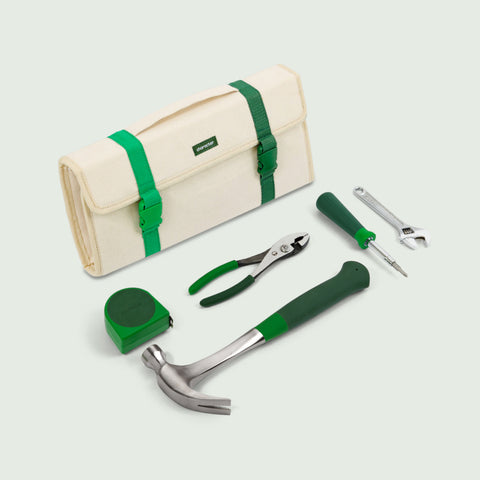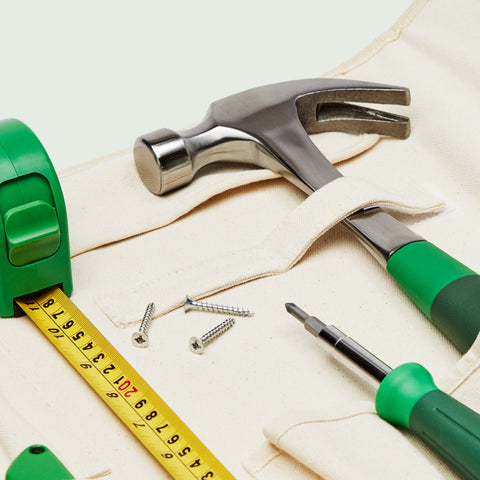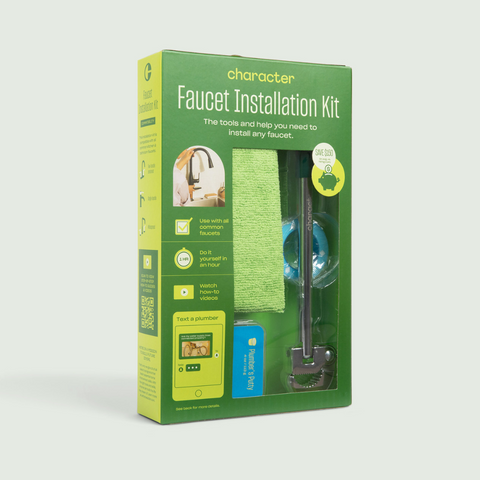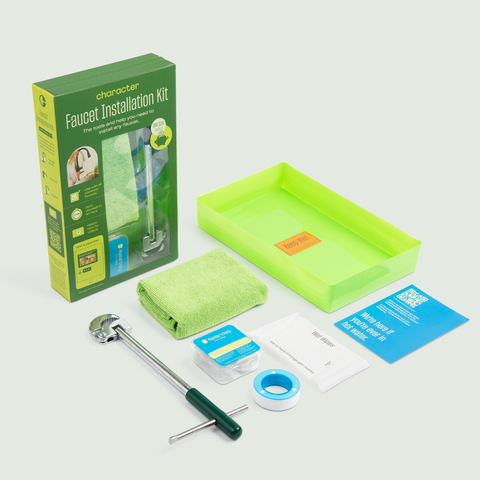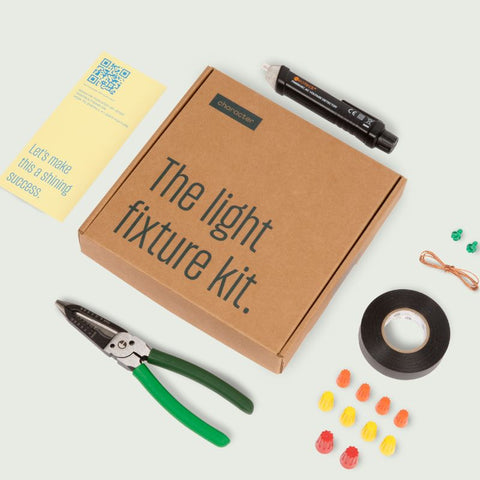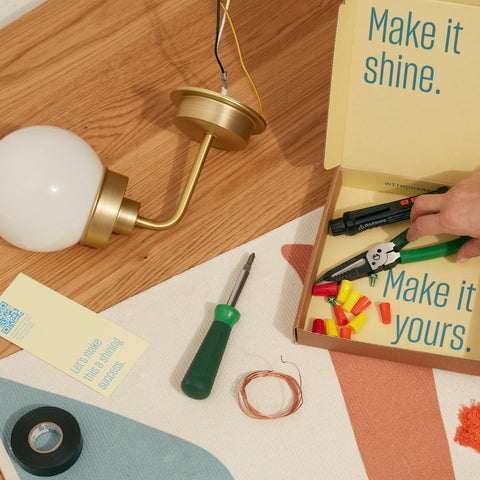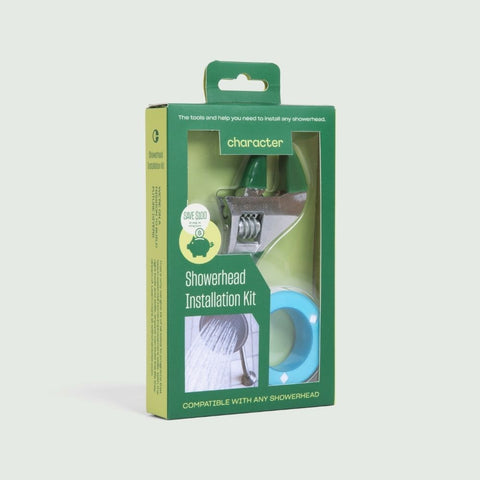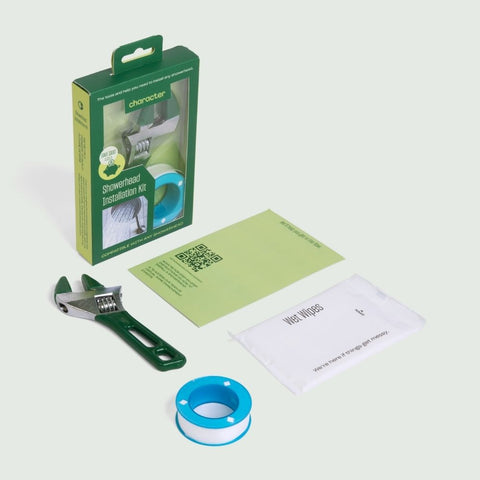
It’s likely that if your house is more than 30 years old, you may need to replace a toilet while living there. Plumbing may seem like a big, scary task, but it’s actually a simple project that can be completed in a few hours. This guide will walk you through the entire process, answering all of your questions, steering you in the right direction.
When to Replace A Toilet
There are many reasons to replace a toilet. There are obvious reasons like a leak, crack, or malfunction. Maybe it’s outdated and inefficient, running between flushes. Or maybe you’re changing up your entire bathroom and looking to swap things up.
What You’ll Need to Replace A Toilet
New toilet
Wax ring (or wax-free seal)
Closet bolts (often included)
Adjustable wrench
Screwdriver
Putty knife
Towels or sponge
Bucket
Plumber’s tape
Level
Types of Toilets
One-Piece vs. Two-Piece Toilets
One-piece: Sleeker, easier to clean, often more expensive
Two-piece: More common, easier to transport, usually cheaper
Round vs. Elongated Bowls
Round: More compact—great for small bathrooms
Elongated: More comfortable—better for adults
Standard vs. Comfort Height
Standard: 15 inches from floor to seat
Comfort Height: 17–19 inches—easier for tall folks or people with mobility concerns
Wall-Mounted Toilets
Space-saving and modern, but more complex to install
Usually not a direct replacement—requires in-wall tank system
Dual-Flush Toilets
Offers two flush options (low and full) to save water
Great for eco-conscious households
Before You Get Started
Swapping out a toilet can get messy, but a little prep can go a long way. Before anything else, turn off the water supply to your toilet. You can do this by twisting the valve at the wall. This allows you to turn off water to this toilet, without turning off water to the whole house. You’ll also want to lay towels around the base of the toilet to protect your floors from any liquid. Once you’ve done that, flush the toilet and remove the remaining water in the bowl. You can use a cup, shop vac, or even a sponge.
 How to Replace A Toilet Step-By-Step
How to Replace A Toilet Step-By-Step
You should be starting with an empty toilet. Now you’re ready to disconnect the old one and install your new toilet.
Remove the Old Toilet
Before you can begin disassembling the toilet, be sure to disconnect the water supply line. But be aware that there may be some water left in the line. Have a pan ready to catch the remaining water. Next, unscrew the tank and the nuts at the base of the toilet. You can now remove the tank — if you have a two-piece toilet — and begin gently rocking the base of the toilet to remove it from the flange (where it meets the floor). This part may require a little muscle power since the toilet will be attached to the floor using a wax ring.
Clean, Inspect, and Cover the Flange
Once you’ve gotten the toilet completely removed, you will need to scrape off the old wax ring. You’ll be adding a new one and want it to lay completely flush on the floor. This is a good time to inspect the flange for damage. If there is any time between removing the old toilet and installing the new one, be sure to plug the flange with an old towel.
Prep the New Toilet
Open the new toilet and have it ready to install before you place the new wax ring. Position the wax ring directly on the flange or at the bottom of the towel. Then carefully align the bolts of the toilet and press it down firmly to create a seal.
Secure Toilet and Tank
Now that the base of the toilet is placed, secure it with the included washers and nuts. Be sure to alternate which sides you tighten to keep the toilet level. If your tank is separate, attach it now following your manufacturer’s instructions.
Connect Water Supply
Finally, reattach the water supply line to your new toilet. For extra security, you can use plumber’s tape to ensure there is a tight seal between the line and the new toilet. Now slowly turn the water on at the wall and check for leaks.
Check Your Work
To be absolutely sure everything is done right, flush the toilet a few times. Double-check for leaks around the base and at the supply line. Use a level to make sure it’s sitting even and caulk the base of the toilet for a cleaner finish — that’s also easy to clean down the road.
You did it! That’s all it takes to update your broken or old toilet.
Common Mistakes to Avoid:
Mistake: Not draining the toilet completely
Fix: Even after you flush, there’s usually still a bit of water left in the tank and bowl. If you skip this step, you’ll end up with a soggy mess on your bathroom floor. Instead, after turning off the water supply and flushing, use a sponge, old towels, or a wet/dry shop vac to soak up every last bit of water. Don’t forget to squeeze the sponge into a bucket as you go!
Mistake: Overtightening the bolts at the base
Fix: It might seem like tighter means better, but overtightening the nuts at the base can crack the porcelain, and that means a whole new toilet. Tighten the bolts just until the toilet feels snug and doesn’t rock. Alternate sides as you go to keep even pressure. If you're unsure, stop once you feel resistance—don't crank it.
Mistake: Skipping the wax ring or reusing the old one
Fix: The wax ring creates a watertight seal between the toilet and the drain. Skipping it—or using an old, compressed one—can cause nasty leaks and bad odors. Always use a brand-new wax ring (or a wax-free seal if preferred). Position it either on the flange or directly on the toilet outlet before lowering the toilet into place.
Mistake: Not checking for leaks before declaring it “done”
Fix: It’s tempting to admire your work and walk away, but failing to test the toilet can lead to slow leaks that damage your floor over time. Turn the water back on slowly and let the tank fill. Flush several times. Check all around the base and the water supply connection for any drips. Better to catch a small problem now than a big one later!
 Extra Tips for Success:
Extra Tips for Success:
Keep these in mind when tackling this new home improvement project:
Ask a friend to help you lift the toilet: toilets are surprisingly heavy and having an extra set of hands never hurts.
Use old towels for clean up: keep in mind where the water inside your toilet has been… it’s not the cleanest. Opt for old towels for any spills.
Warm up the wax ring slightly: If the wax ring is cold or stiff, it may not seal as well. Let it sit in a warm room (or in the sun for a few minutes) to soften just a bit—this helps it mold better for a secure seal.
Have a trash bag ready for the old wax ring: Wax rings are sticky, messy, and hard to clean off tools or floors. Put an old grocery bag or trash bag right next to you before you scrape off the old wax—so you can scoop and toss in one motion.
While you're updating your bathroom, try our Showerhead Installation Kit or Faucet Installation Kit.

When to Call A Plumber:
If you run into an issue, don’t be afraid to call a plumber for extra help. You may need a professional if you find damage to your flange, any signs of water damage, or have a hard time lining up the water lines or bolts. For smaller questions along the way, you can always text our DIY experts for help at 762-349-0349.
Congratulations! You replace a toilet! Add this to your list of DIY skills and enjoy your new, clean, functional bathroom.
